10-minute read
keywords: wildlife conservation
Whether you embrace the concept or think that we are on the cusp of it, the term “Sixth Extinction” serves as a useful shorthand to bring into focus the scale and tempo of recent and ongoing biodiversity loss. Famous victims such as the dodo, the thylacine, the passenger pigeon, or the great auk will immediately jump to mind, but they are just the tip of the iceberg of extinction. Few people will think of the St. Helena olive, the Bramble Cay melomys, or the Christmas Island forest skink. And therein lies the problem: behind the faceless statistics of loss lie numerous stories of unique evolutionary lineages that have been snuffed out. In this emotional gut punch of a book, author and journalist Tom Lathan takes the unconventional approach of examining ten species that have gone extinct since 2000, nine of which you will likely never have heard of. Lathan momentarily resurrects them to examine what led to their loss and speaks to the people who tried to save them.
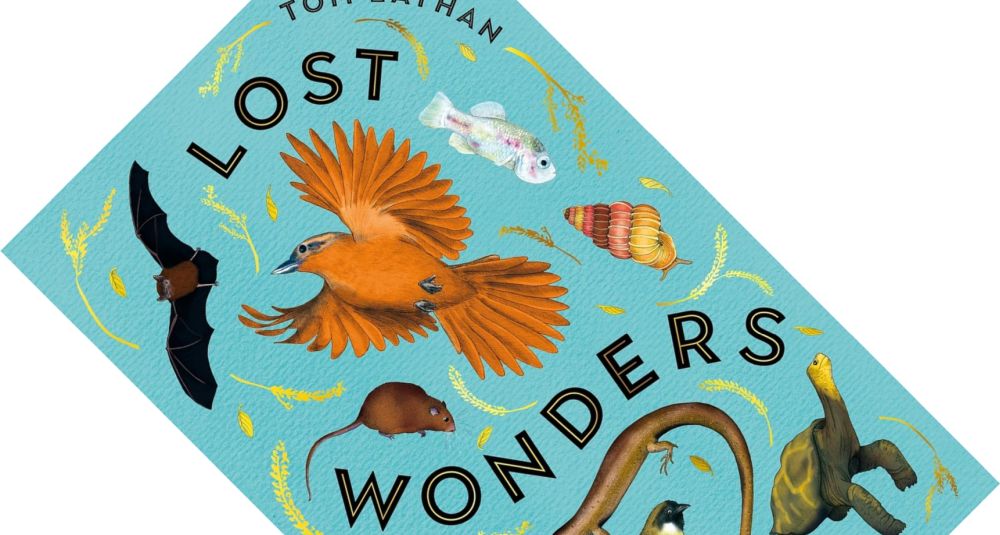
Lost Wonders: 10 Tales of Extinction from the 21st Century, written by Tom Lathan, published by Picador in November 2024 (hardback, 464 pages)
Of all the species featured in Lost Wonders, the one species and individual you are likely to have heard of is Lonesome George, the last Pinta Island tortoise, who received much media attention both in life and in death. Some others have been the subject of dedicated books—the po’ouli (a Hawai’ian bird), the Christmas Island pipistrelle (a bat), and Partula labrusca (a Polynesian tree snail)—though you would be forgiven for not knowing of them. The remainder are barely known outside of the small circle of conservationists who studied them. One comparable book is Errol Fuller’s Lost Animals which looked at the photographic record of 28 recently extinct animals, though it went into nowhere near as much detail as Lost Worlds does. Of the unfortunately long list Lathan obtained from the International Union for Conservation of Nature (IUCN), he has chosen a nicely balanced mix of species, including multiple snails, birds, mammals, reptiles, and a single fish and tree. Each chapter opens with a tastefully executed pencil-and-ink drawing by Lathan’s partner Claire Kohda. The geographic spread similarly includes organisms from around the globe (though no maps have been included, which would have been helpful). What unites these species is that they all lived, literally or functionally, on islands: environments that are particularly prone to both evolutionary experimentation and extinction. Indeed, the other factor that unites them all is that they are no longer with us.
Each of the ten chapters mixes several elements such that, despite most chapters being quite long at 30–40 pages, all are very engaging. Lathan introduces what we know about their biology and how the frequent paucity of information frustrated subsequent attempts at captive breeding (as was the case for the Malaysian microsnail Plectostoma sciaphilum). By telling the stories of their discovery and formal description, Lathan answers in the affirmative his question of whether naming a species “is itself a life-giving act” (p. 28). The tangible benefit is that we can formulate conservation plans, explaining how naming “can be the difference between life and death” (p. 29). Lost Wonders thus offers its own little rallying cry for taxonomy. Of course, species exist before we describe them, and his overview of their evolution is a potent reminder of this. It also highlights how, given enough time, organisms can reach remote islands and establish themselves there, despite the odds not being in their favour. The evolution of the Galápagos tortoises is outright fascinating. A genetic study concluded they share a common ancestor with the much smaller Chaco tortoise. You would think that the most parsimonious explanation is that the Galápagos tortoises evolved into giants after making it to the archipelago. However, the real kicker, which Lathan casually drops in a footnote, is the discovery of giant tortoise fossils on mainland South America, suggesting that their gigantism preceded their dispersal.
“there is both a long queue of species awaiting assessment by the underfunded IUCN and an even larger pool of “dark extinctions”: species that vanish before we even know of their existence.”
All of the above is relevant background information, but we are here for the stories of what went wrong. In the introduction, Lathan emphasizes just how incomplete our knowledge is: there is both a long queue of species awaiting assessment by the underfunded IUCN and an even larger pool of “dark extinctions” (p. 4): species that vanish before we even know of their existence. These stories are “a snapshot of extinction […] each a stand-in for other[s] that we will probably never know occurred” (p. 4). There is that importance of taxonomy again.
If extinctions of Pleistocene megafauna can reasonably be attributed to a mixture of human hunting and climate change, the fingerprint of more recent Holocene extinctions is clearly human. Lathan points out that our species is “one of the most potent agents of ecological destruction, regardless of time, place, or culture” (p. 135). For instance, the arrival of native Polynesians to Hawai’i already triggered a wave of extinction, such that the arrival of Europeans “was more like a passing of the baton in an ecocidal relay race” (p. 136). That said, in his next breath he immediately recognizes that European colonialism cranked up extinction to eleven—it is a good example of Lathan’s balanced reporting. What follows is the usual litany of rapacious resource extraction that destroys natural habitats and the accidental or purposeful introduction of invasive species. The two often work in tandem: the Christmas Island pipistrelle succumbed both to relentless phosphate mining and a suite of introduced predators, prominently the wolfsnake; the St. Helena olive had to contend with deforestation as the island was cleared for crops while numerous species escaped its botanic garden given its role as a staging post in the international trade in ornamental plants.
The strongest suit of Lost Wonders is the nearly 50 interviews with scientists, conservationists, hobbyists, and others whose first-hand experiences and frustrations imbue this work with much pathos. There are stories of species slipping through our hands as their habitats vanished (e.g. the Bramble Cay melomys, a rat, or the Alagoas foliage-gleaner, a bird); of ignored warnings, bureaucratic red tape, and apprehensive committees delaying meaningful action (e.g. the Polynesian tree snail P. labrusca or the Christmas Island pipistrelle); and of captive breeding efforts failing (e.g. the Mexican Catarina pupfish). By asking how the people involved experienced witnessing extinction, each chapter delivers an emotional gut punch that, I will not lie, sometimes brought me to tears. Some people still struggle talking about it, even a decade or more later, breaking down during their interviews. Others describe feelings of grief, depression, and loneliness, unable to truly share with others what they experienced. Lathan himself in his epilogue expresses his astonishment at “their capacity to articulate the profundity of what they had witnessed” (p. 351) and wonders out loud: “When a million years of evolution is extinguished right in front of you, what words suffice to describe this moment?” (p. 351).
“By asking how the people involved experienced witnessing extinction, each chapter delivers an emotional gut punch that, I will not lie, sometimes brought me to tears.”
Taking a step back to compose myself I do, however, have two points of criticism; or, if not criticism, two points I feel have been omitted. Had they been addressed, this book would have been a straight ten out of ten; that is, if I was in the habit of assigning a score to my reviews.
First, there is the proximate question of whether trying to save a species at all costs is always the best use of the limited time, money, and other resources available for conservation. Not everybody agrees it is, and e.g. Inheritors of the Earth provocatively argued that island species are evolutionary dead ends, vulnerable to invasion (I interviewed the author more in-depth back in 2017). Even if you disagree with that line of thinking, several stories here bring this question to the fore, such as the captive breeding attempts that failed because there was only one or a few same-sex individuals left. Terrestrial ecologist John Woinarski, who cared for the last Christmas Island forest skink, spoke of giving it palliative care. Park manager Rich Switzer sounds borderline traumatized caring for the last, ailing po’ouli, saying he would have euthanized it already had it been his own pet bird. Are resources better spent on populations that still stand a decent chance? What about the species that are now effectively marooned in captivity because their habitat has been destroyed? A counterargument could be made that, yes, these attempts are worthwhile because we learn how to improve our protocols, techniques, and technologies for the inevitable next extinction. This is driven home when reading the list of techniques that were brought to bear on the last St. Helena olive, including hand-pollination, propagation of cuttings, and tissue micropropagation. My point is that Lathan does not broach these questions here. I would have loved for him to wrestle with these and put them to his interviewees.
Second, there is the ultimate question of what it would take to turn the tide of extinction, of what such a world would look like. I judge him less harshly on this because, from my reading on biodiversity and environmental problems, very few authors seem willing to mention the root causes that got us here (overconsumption, overpopulation, capitalism, colonialism—all that good stuff), let alone provide a sensible stab at tackling these. Do I sound like a broken record? Undoubtedly. Are they huge, thorny, and uncomfortable topics? Yes, and that is exactly why such conversations are long overdue. His interviewees gave him several openings that he did not pursue. Take biologist Thor-Seng Liew who talks about the handbook he developed for the cement industry in Malaysia so they may avoid quarrying the most species-rich limestone outcrops. A pragmatic initiative for sure, but is this not just a stay of execution? Since when do companies turn around and say: “We have quarried enough now and thanks for your advice”? Similarly, when Professor Ana Laura Lara Rivera complains about the farmers who drain the lagoons where rare pupfish live, but also sympathizes with their need to put food on the table, that is a springboard for a conversation about the tension between poverty and conservation. This is another set of questions where both his views and those of his interviewees could have further enriched the book.
The above suggestions would have been cherries on the cake but, as it stands, the proverbial cake is both edible and rich. Lost Worlds is an incredibly moving book that tugs at the heartstrings and draws on an impressive number of interviews. These eyewitness stories are a powerful reminder that behind each reported extinction lies a tremendous amount of work, and the loss of a unique way of life on this planet.
Disclosure: The publisher provided a review copy of this book. The opinion expressed here is my own, however.
Other recommended books mentioned in this review:
__________________________________________________________________
__________________________________________________________________
__________________________________________________________________
__________________________________________________________________
__________________________________________________________________
__________________________________________________________________

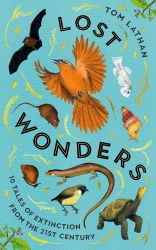

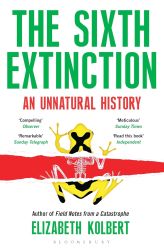
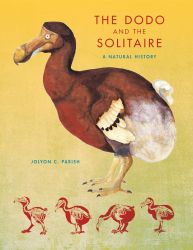
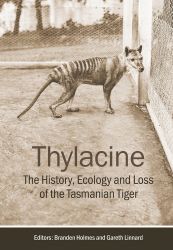
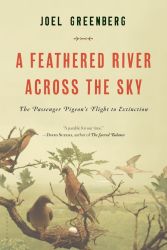
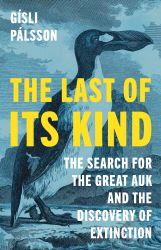
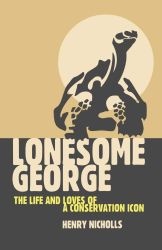
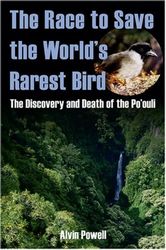

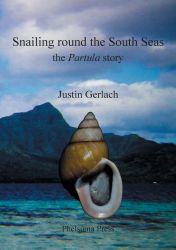
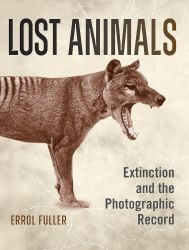
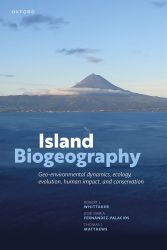
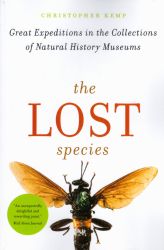
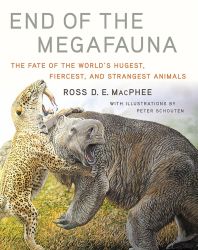
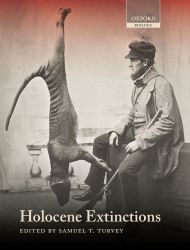
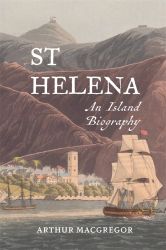
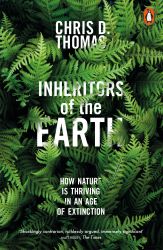
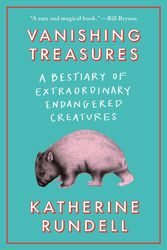
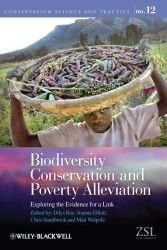
One comment